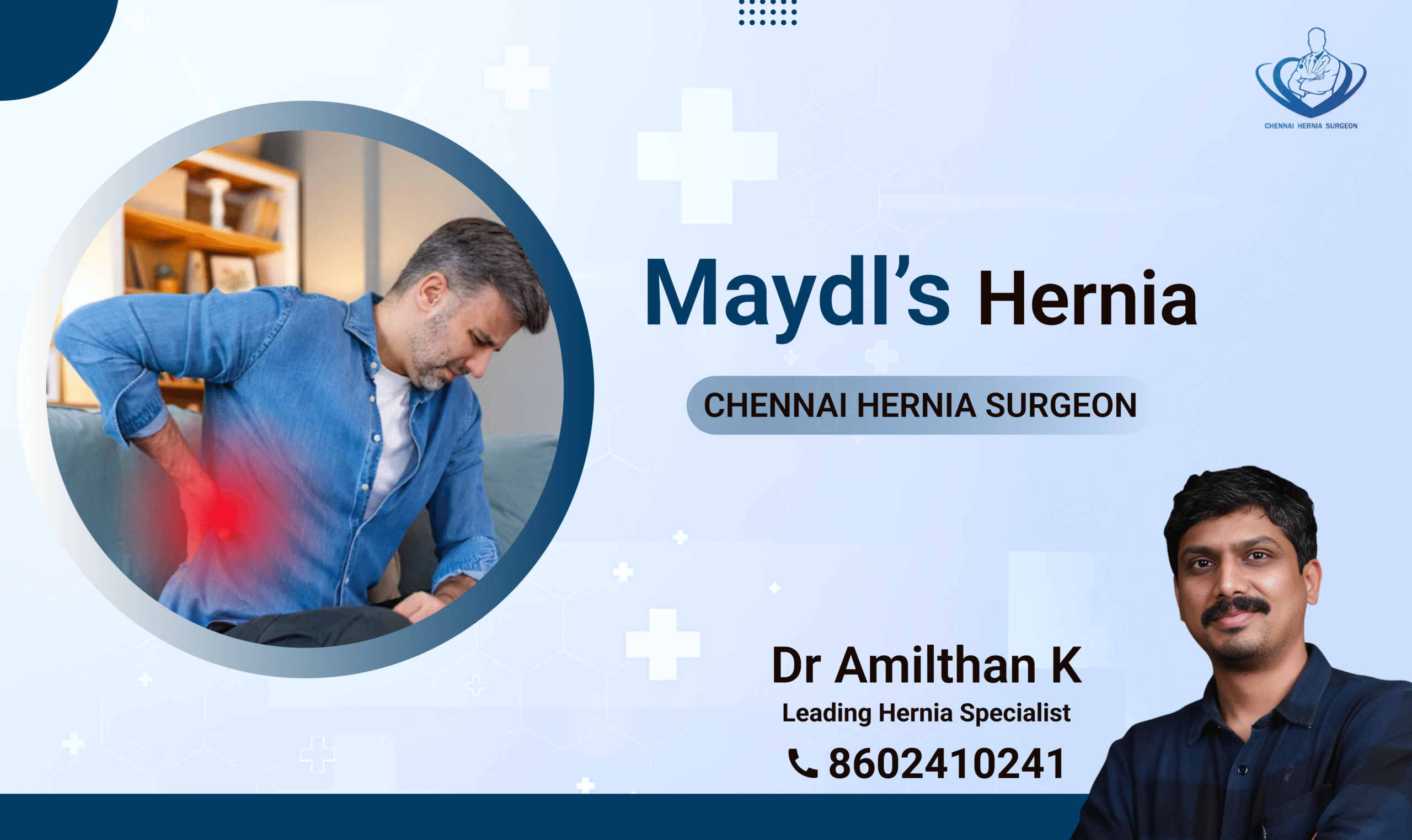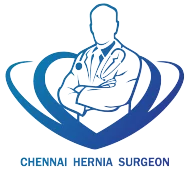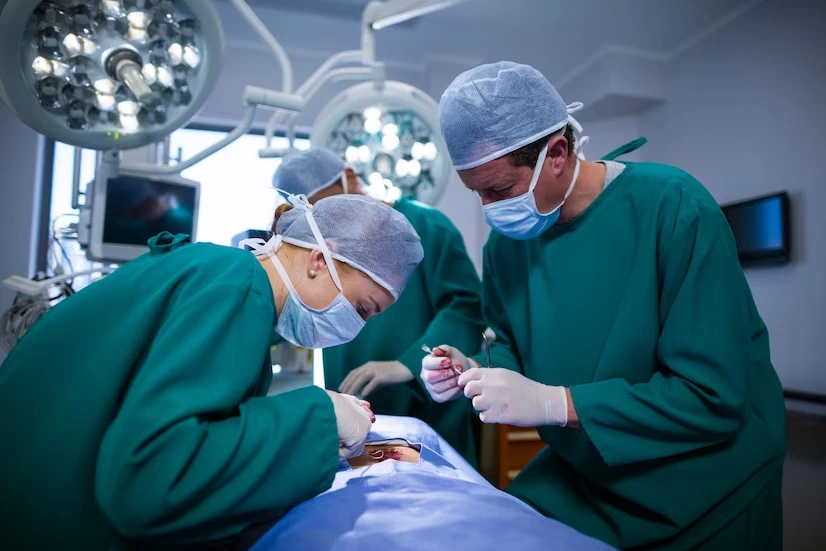Bochdalek and Morgagni hernias are congenital diaphragmatic hernias. They are common in infants and rarer and asymptomatic in adults.
Bochdalek and Morgagni hernias require accurate diagnosis and proper treatment as they can turn fatal. The contents of the abdomen herniate into the thoracic cavity in both cases.
Knowing the difference between Bochdalek and Morgagni hernias can help you identify them effectually and prevent them from advancing into fatal complaints.
Table of Contents
ToggleDifference Between Bochdalek and Morgagni hernias
The main difference between these diaphragmatic hernias is that the Bochdalek hernia appears on the posterior region of the diaphragm, and the Morgagni hernia appears on the front or anterior diaphragmatic region.
| Bochdalek Hernia | Morgagni Hernia |
|---|---|
| Congenital disorder | Congenital disorder |
| Exhibits symptoms in infants | It is asymptomatic in infants. |
| It can occur in adults | Can be present in adults |
| Mostly appears on the side toward the back of the left diaphragm region through the foramen of Bochdalek. | Mostly appears on the front of the right diaphragm region through the foramen of Morgagni. |
| More common diaphragmatic hernia. | A less common diaphragmatic hernia. |
| Diagnosed during the early stage of life, almost after birth. | Diagnosed mostly during adulthood. |
Symptoms of Bochdalek and Morgagni Hernias
The symptoms of Bochdalek and Morgagni hernias include:
- Shortness of breath
- Pain in the chest
- Pain in the abdomen
- Indigestion
- Intestinal obstruction
- Difficulty in eating
- Bloating
- Constipation
Bochdalek hernias are mostly symptomatic whereas Morgagni hernias can be asymptomatic in infants. This makes asymptomatic diaphragmatic hernias difficult to diagnose most of the time and makes them get carried through to adulthood.
Causes of Bochdalek and Morgagni Hernias
The causes for Bochdalek and Morgagni hernias are the same. Only the area of occurrence of the hernias differs. If the hernia occurs on the side toward the back of the diaphragm, it is a Bochdalek hernia. If it occurs on the front portion of the diaphragm, it is a Morgagni hernia.
The causes of Bochdalek and Morgagni hernias include:
- Genetic syndromes
- Anatomical abnormalities
- Pregnancy
- Trauma due to accidents
- Chronic cough
- Chronic constipation
- Obesity, etc.
Preventing Bochdalek and Morgagni Hernias
Congenital diaphragmatic hernias like Bochdalek and Morgagni hernias may be unpreventable. Yet, proper prenatal care is encouraged in the hope of a healthy baby.
Adults can practice a healthy lifestyle by maintaining a good BMI (Body Mass Index), exercising regularly, eating a healthy diet, and quitting smoking and steroids to avoid diaphragmatic hernias.
As blunt injuries and trauma from accidents can also cause Bochdalek and Morgangni hernias, appropriate treatment to address any post-traumatic issues is recommended. Also, avoid using any sharp on\bjects that can injure the diaphragm and lead to herniation of abdominal content.
Treatment for Bochdalek and Morgagni Hernias
The treatment for both Bochdalek and Morgagni includes laparoscopic surgery. Both hernias can harm the functions of the abdominal and thoracic organs severely, so laparoscopic surgery to repair the hernias as quickly as possible is often suggested.
First, imaging tests such as Computed Tomography (CT) scan, X-ray, or ultrasound scans are employed to diagnose the nature and severity of the hernia as Bochdalek and Morgagni hernias are hard to diagnose through simple physical examinations.
Laparoscopic surgery is widely prescribed to repair Bochdalek and Morgagni hernias. Laparotomy is also used based on the requirements and advice of the surgeon.
Through the hernia repair surgery, the herniated abdominal contents are moved to their original position, and the weak spot is sealed using mesh or sutures.
Recovery from Bochdalek and Morgagni Hernia Repairs
After the hernia repair, you have to take proper precautions to recover quickly and healthily.
Since Bochdalek and Morgagni hernias widely use laparoscopic surgery for repair the recovery period is pretty shorter.
With laparoscopy, there arises no need for hospitalization for more than one or two days. In the case of infants, a longer hospital stay with intensive care may be involved.
Conclusion
Bochdalek and Morgagni hernias on proper diagnosis can be treated via modern surgical interventions successfully.
Bochdalek and Morgagni hernias are hard to diagnose and require the skill of an expert doctor to diagnose them. So, approach a skilled hernia surgeon if you experience any of the Bochdalek or Morgagni hernia symptoms.
To know more about Bochdalek and Morgagni hernias contact a hernia specialist.
We wish you a safe and healthy recovery!
Dr. K. Amilthan MBBS., MS., FMAS., FALS.
Heal Your Hernia Now:
- 20+ Years of Experience
- 1,000+ Surgeries
Your Journey to Wellness Begins with us.
FAQ's
In Morgagni hernia, the abdominal contents herniate through a weak spot in the anterior region of the diaphragm. Morgagni hernias occur mostly on the right side of the diaphragm. like CT and MRI scans.
There are four kinds of diaphragmatic hernias: Bochdalek, Morgagni, hiatal, and paraesophageal hernias.
Yes, Morgagni hernias are curable. A laparoscopic surgery is used to repair a Morgagni hernia to prevent any recurrence in the future.

Dr. Amilthan
Dr. Amilthan is a renowned laparoscopic hernia surgeon based in Chennai, with over 20 years of experience in general surgery. He completed his MBBS and MS in General Surgery at Kilpauk Medical College and Government Royapettah Hospital in Chennai.
- All Posts
- Hernia Blog

Which Doctor should you consult for Hernia? You can Consult a general surgeon or a hernia specialist for evaluation and...

A hernia occurs when an organ or any other part of your body pushes through the muscle and surrounding tissue...

An inguinal hernia occurs when the organs push through and bulge against the weak muscles of the abdomen. An effective...

